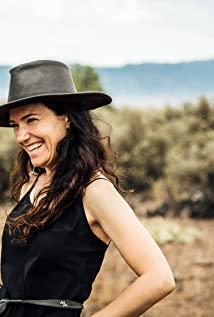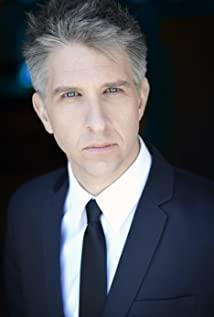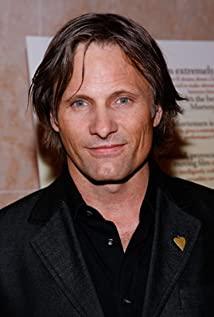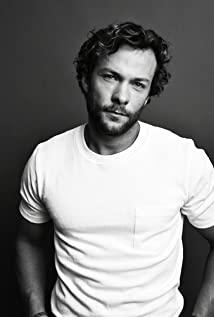I went to see DAVID CRONENBERG's film named "The History of Violence", probably because I remembered Jeremy Irons' two films, "Mr. Butterfly" and "Double", which he had been enjoying earlier. When this film was released in Paris, the film archive here happened to be doing a retrospective of CRONENBERG. After flipping through the catalogue, I remembered that I had seen several other films of this director, but I felt that his films were too violent and not too violent. I was willing to remember the details, so I picked a few movies to watch, including "The Fly", which I watched a long time ago. They were all movies that explored their own identity or the alienation of the body and soul of the characters.
Viggo Mortensen in "The Lord of the Rings: The Return of the King" became the protagonist of "The History of Violence" this time. He paid special attention to the reports when he went to Paris to promote the film, and especially remembered his emotional relationship with the film at that time. The words "a key element in a love relationship is to respect the other person's disease". Therefore, I rushed to the movie a few days ago. The performance of this man in "The History of Violence" is really impressive. He completely escaped from the previous role, and the male protagonist in the film who had a violent past and tried his best to escape from it. Well done, it deserves admiration.
The two sex scenes with different emotions in the movie have also become important clues to reveal the relationship between the current Tom and the former Joey, especially the almost rape scene in the second paragraph. The hero returns to a very physical person. The above is to use the memory of primitive love to recall his wife, or to retain his power from Joey who was accustomed to killing techniques to Tom who is now indifferent to the world. The deeper meaning is actually revealing another important topic. : It is the inferiority of animals that cannot be sublimated in human nature. When explaining the title of the film "The History of Violence", CRONENBERG, the director of the film, also specifically stated that what the film intends to explore is the history of crime, the root causes and the possibility of redemption in the entire United States and even human beings. The title of the film uses "the history of violence" instead of An individual's "story of violence" comes to mind in terms of how long a person's "criminal history" is when they register criminals in the US Police Department.
The story of the whole movie is concise and the narrative technique is smooth. Several violent scenes are handled quickly and concisely, directly and sharply. Great changes have taken place, and then, all the family members sat together to admit and face each other who finally belonged to a special race. Although they did not say a word, they did everything.
View more about A History of Violence reviews











